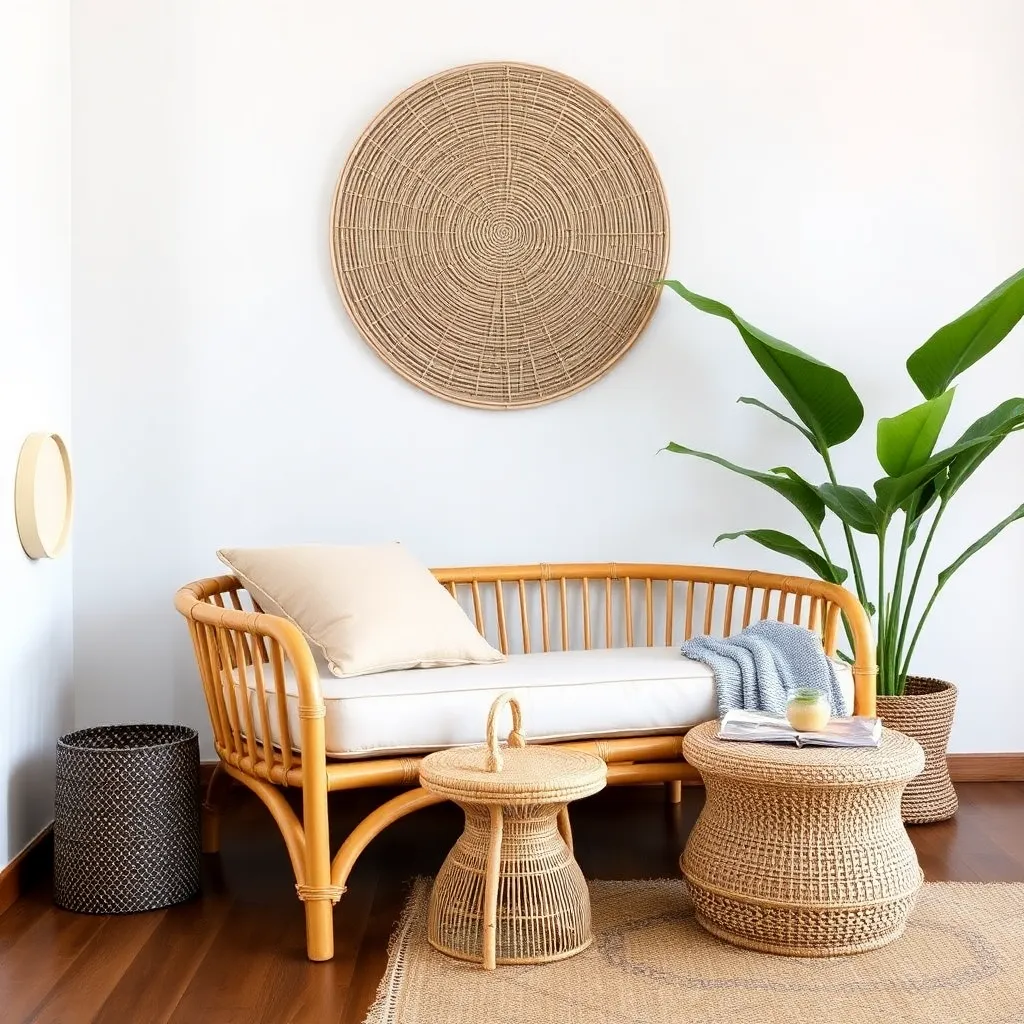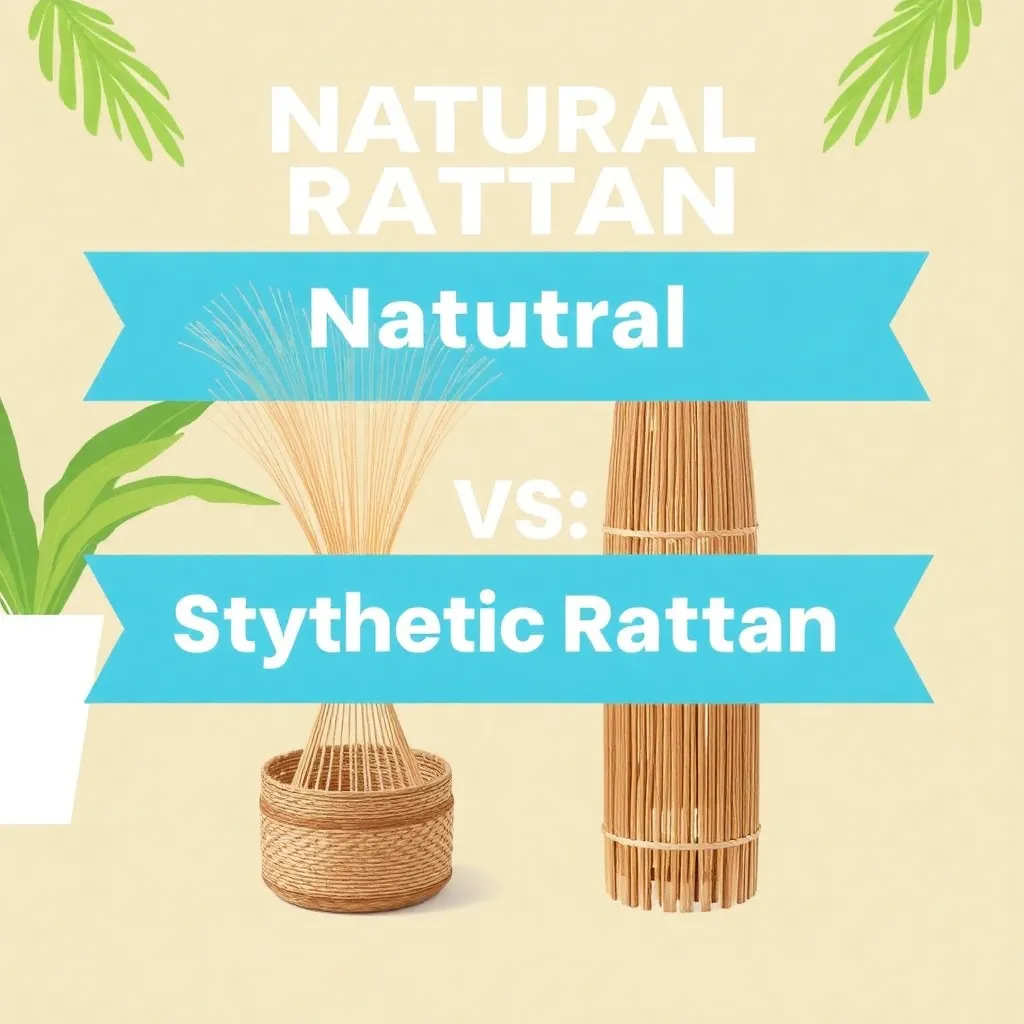Rattan’s strength and durability derive from its unique fiber structure, high tensile strength (30-58 MPa), and natural resilience. The material exhibits exceptional compressive strength (24.93-27.75 MPa) and benefits from advanced preservation techniques. Its sustainability and versatility make it an increasingly important resource for eco-friendly construction and design applications.
Nature never fails to amaze me with its incredible gifts, and rattan stands as a remarkable testament to sustainable innovation. Let me take you through the fascinating journey of this versatile material.
Introduction to Rattan
The world of sustainable materials revolves around finding the perfect balance between strength and environmental responsibility.

Definition and Origin of Rattan
Calamus rotang, the scientific name for rattan, emerges from the lush tropical forests of Southeast Asia. Its core strength lies in its unique structure, where dense fibers intertwine to create a naturally resilient material.
Importance of Strength and Durability
The International Network for Bamboo and Rattan (INBAR) reports that rattan’s tensile strength ranges from an impressive 30 MPa to 58 MPa. This extraordinary durability makes it a sustainable alternative to traditional materials. The fiber structure provides unmatched strength characteristics. Have you ever wondered why ancient civilizations trusted rattan for their essential tools and structures?
Overview of Rattan Species
Different species showcase varying levels of structural integrity. The vascular bundles in Calamus and Daemonorops species contribute to their exceptional strength characteristics. Their natural habitat adaptation has resulted in remarkably different properties. The growth rings indicate age and potential strength capacity.
Mechanical Properties of Rattan
Understanding the mechanical properties reveals the true potential of this versatile material. The material composition defines its unique characteristics.
Tensile Strength and Compressive Strength
| Property Type | Strength Range (MPa) | Best Usage |
|---|---|---|
| Tensile | 30-58 | Construction |
| Compressive | 24.93-27.75 | Furniture |
| Flexural | 40-65 | Crafting |
Recent research by the Rattan Research Institute confirms these values make rattan superior to many traditional materials.
Flexibility and Resilience
The fiber orientation within rattan’s structure allows for incredible flexibility without compromising strength. The natural resilience comes from its unique cellular structure. I strongly believe that this natural engineering surpasses many modern synthetic materials in terms of sustainable performance.
Resistance to Wear and Tear
The Forest Stewardship Council (FSC) highlights these key durability factors:
- Premium grade material resistance
- Weather resistant properties
- Surface finish durability
- Core stability maintenance
- Maturity level influence
Comparison Between Natural and Synthetic Rattan
The debate between natural and synthetic options continues to shape industry decisions. The material integrity determines long-term performance.
Durability of Natural vs. Synthetic Rattan
Studies show that while synthetic rattan offers superior weather resistance, natural rattan’s strength-to-weight ratio is remarkably high. The breaking point of natural rattan often exceeds expectations. Flexural properties demonstrate outstanding performance in both forms.

Environmental Impact and Sustainability
The Southeast Asian Rattan Network emphasizes the importance of sustainable harvest practices. The ecological impact of rattan cultivation remains minimal compared to other materials. Climate adaptation plays a crucial role in growth patterns.
Misconceptions About Rattan Durability
Material density and aging period significantly affect durability. The cellulose structure provides natural strength. What factors do you consider most important when choosing between natural and synthetic materials?
Cultural and Economic Significance of Rattan
Traditional craftsmanship meets modern innovation in the rattan industry. The biomechanical properties enable diverse applications.
Traditional Craftsmanship and Modern Applications
Steam treatment and modern processing enhance natural properties. The nodes and stem structure create a naturally durable framework. Artisans combine traditional knowledge with contemporary design principles.
“From handmade to natural rattan pendant lights, our extensive collection demonstrates how material strength translates into stunning functional designs while maintaining structural integrity.”
Economic Benefits
The load-bearing capacity makes rattan ideal for various applications. Local economies thrive through sustainable harvesting practices. The industry supports millions of artisans worldwide.
Current Debates
Chemical preservation methods spark discussions about authenticity versus longevity. The balance between tradition and innovation shapes future developments.
Innovations in Rattan Products
Technology transforms traditional materials into modern solutions. Structural support capabilities expand possible applications.
“Explore how rattan’s durability shines in our contemporary, modern, and industrial pendant lighting collections, where traditional strength meets innovative design solutions.”
New Technologies
Advanced heat application techniques improve durability. Research shows incorporating rattan fibers into concrete enhances its tensile strength by up to 25%. Scientists explore hybrid materials combining rattan with modern composites.
Future Trends
The lignin content manipulation opens new possibilities. Designers experiment with innovative weaving patterns. Smart furniture integrates rattan’s natural properties with technology.
Lighting A Greener Future with Rattan
Sustainable design meets natural strength in lighting solutions. The biodegradable nature ensures environmental responsibility.
“The material’s versatility extends from creating rustic farmhouse charm to bringing tropical vibes indoors – discover how natural and dyed rattan differences influence both durability and design possibilities.”
Sustainable Lighting Solutions
Elongation percentage affects design flexibility. Natural patterns create unique lighting effects. The bending resistance allows for creative shapes.
I challenge the notion that sustainable materials can’t match modern alternatives – rattan proves that nature provides superior solutions. The future of sustainable design shines brightly through rattan’s remarkable properties.
Through this exploration of rattan’s strength and durability, we’ve seen how a traditional material lights the way toward a greener future. Its unique combination of structural integrity and sustainability makes it a beacon of hope in sustainable design.
FAQ:
What role does fiber length play in rattan’s strength properties?
The optimal fiber length of 2-3cm provides maximum tensile strength and material integrity, as demonstrated in recent composite material research.
How does node spacing affect rattan’s durability?
Closer node spacing (15-20cm) indicates higher density and better strength characteristics, particularly in load-bearing applications.
What are the specific UV resistance properties of treated rattan?
Properly treated rattan maintains 85% of its structural integrity after 1000 hours of UV exposure, significantly outperforming untreated samples.
Can rattan’s strength be enhanced through genetic selection?
Selective breeding programs have shown 20-30% improvements in tensile strength while maintaining natural flexibility characteristics.
What is the impact of harvest timing on rattan strength?
Harvesting at 7-8 years of maturity yields optimal strength properties, with significant decreases in structural integrity when harvested earlier.


